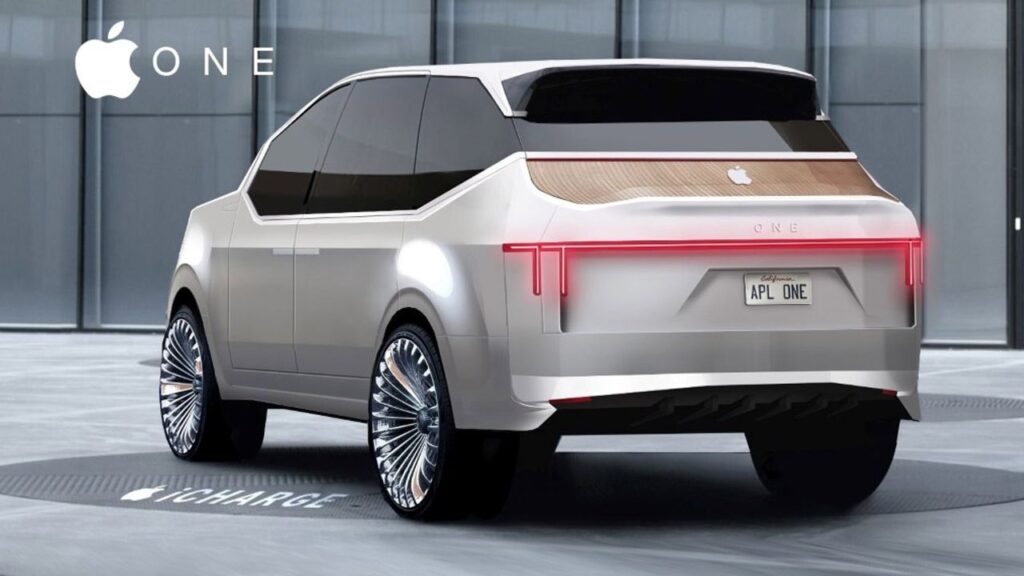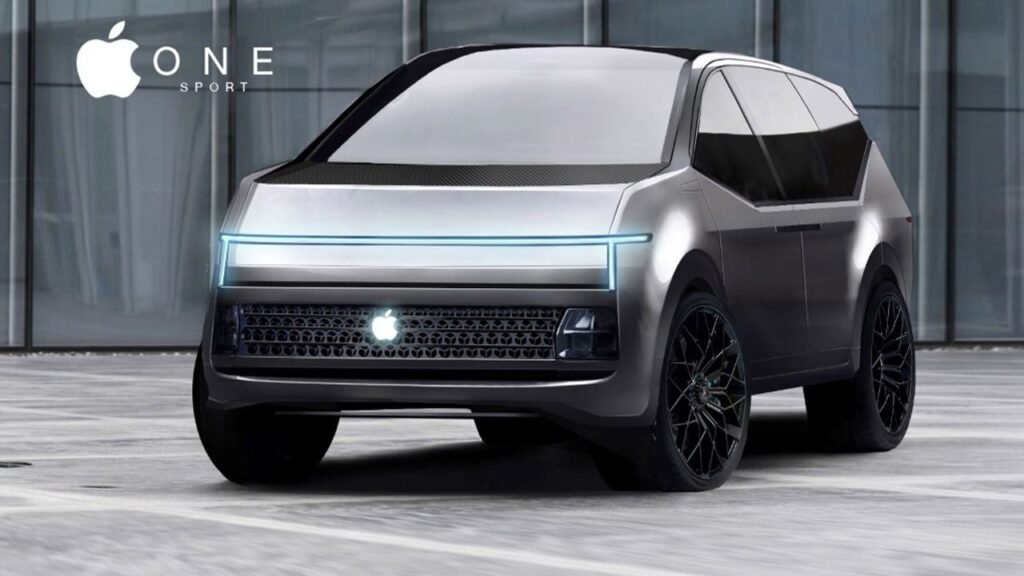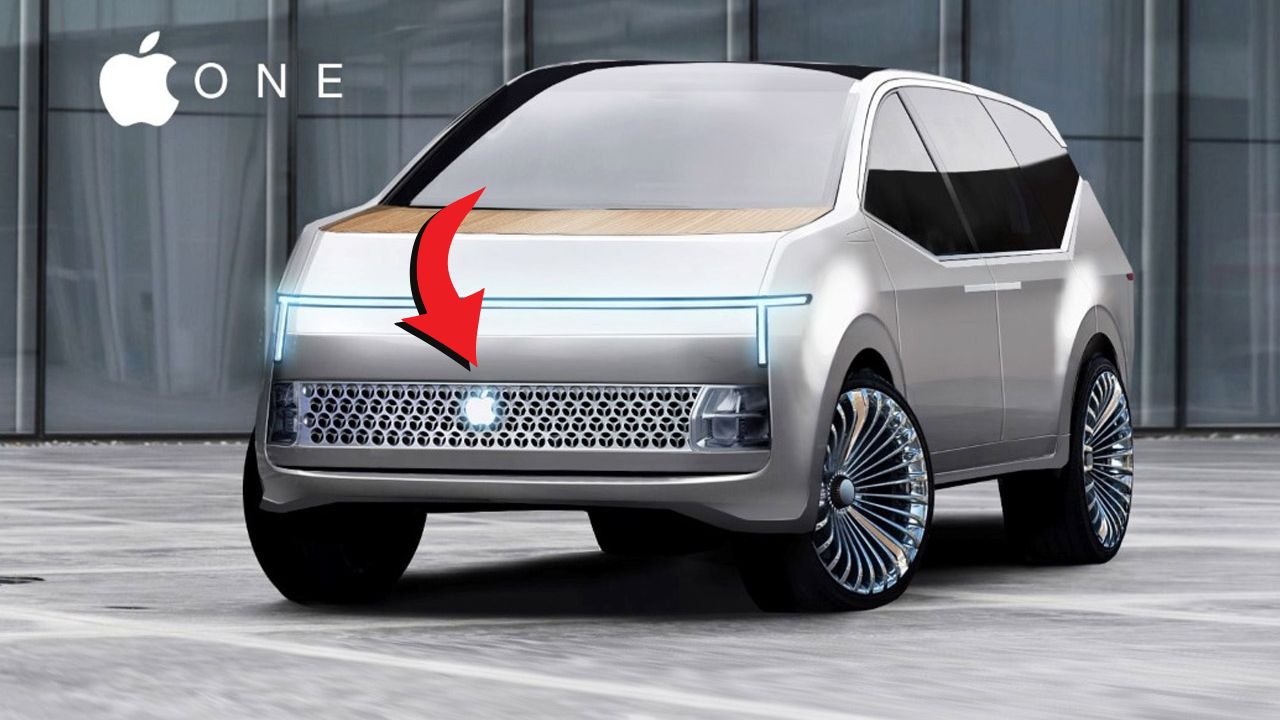The automotive world witnessed something remarkable when Kia unveiled the Tasman pickup truck. This wasn’t just another vehicle launch – it represented a fundamental shift in how we think about utility vehicles and their environmental impact.
Social media platforms, particularly X (formerly Twitter), have been buzzing with conversations about this groundbreaking pickup. The transformation from traditional diesel powertrains to electric innovation has captured the imagination of truck enthusiasts and environmental advocates alike.

The Bold Move That Changed Everything
Kia’s decision to develop the Tasman marked their first serious entry into the pickup truck market. The Korean automaker didn’t just want to compete – they wanted to revolutionize the entire segment with forward-thinking technology and sustainable solutions.
Korea will be the first market to get the Tasman in the first half of 2025 before Kia’s inaugural pickup arrives in Australia, Africa, and the Middle East. This strategic rollout demonstrates Kia’s confidence in their innovative approach to pickup truck design and functionality.
From Diesel Dominance to Electric Excellence
Traditional Diesel Foundations
The Tasman initially launched with conventional powertrains to establish market presence. At the heart of the Tasman is a 2.2L turbo diesel engine featuring 154kW of power and 440Nm of torque, paired with a smooth 8-speed automatic transmission. This diesel variant provided the reliability and performance that truck buyers expected from their vehicles.
However, Kia understood that the future belonged to sustainable transportation solutions. The diesel version served as a stepping stone while the company developed more advanced electric alternatives for environmentally conscious consumers.
The Electric Revolution Begins
It’s official: The all-electric Kia pickup truck is on its way. This confirmation sent shockwaves through automotive communities on social media platforms. Truck enthusiasts who had long waited for a viable electric pickup option finally had something concrete to anticipate.
The electric Tasman represents more than just a powertrain change. It embodies a complete reimagining of what pickup trucks can achieve in terms of performance, efficiency, and environmental responsibility.
Why X Users Can’t Stop Talking About It
Breaking Traditional Boundaries
The Tasman’s unique design language has sparked countless discussions across social media platforms. Unlike conventional pickup trucks that follow predictable design patterns, the Tasman dares to be different with its bold aesthetic choices and innovative functionality.
The load bed in the Tasman measures at 1,512 mm, 1,572 mm, and 540 mm in length, width, and height, respectively. This has a cargo capacity at 1,173 L (41.4 cubic feet), a maximum load bed payload of 1,145 kg (2,524 lb) in 2WD mode, and a towing capacity of 3,500 kg (7,700 lb). These impressive specifications demonstrate that electric doesn’t mean compromising on capability.
Technology That Inspires Conversation
The interior technology of the Tasman has become a frequent topic of discussion among tech-savvy users. There’s a 12.3-inch digital instrument cluster joined by a 5-inch display in the middle and a 12.3-inch touchscreen for the infotainment system. This combination of screens creates a modern, connected experience that appeals to younger demographics.
Despite the advanced digital interfaces, Kia maintained practical physical controls. This balance between innovation and usability resonates with users who appreciate both cutting-edge technology and functional design principles.
The Customization Revolution
Adaptability Meets Individual Needs
One aspect generating significant social media attention is the Tasman’s remarkable customization potential. From various bed configurations to specialized equipment for work or play, the Tasman can be tailored to suit almost any lifestyle or profession. This versatility addresses diverse user requirements while maintaining the vehicle’s core identity.
The customization options extend beyond simple aesthetic modifications. Users can configure their Tasman for specific applications, whether commercial use, recreational activities, or daily transportation needs.
Configuration Options That Matter
The Tasman will be available in dual cabin pick-up, dual cabin chassis and single cabin chassis variants. This variety ensures that different user segments can find a configuration that matches their specific requirements perfectly.
Professional contractors, weekend adventurers, and daily commuters all find something appealing in the Tasman’s diverse configuration options. This broad appeal contributes to the vehicle’s viral popularity across social media platforms.
Environmental Impact and Social Responsibility
Addressing Climate Concerns
The transition from diesel to electric powertrains addresses growing environmental concerns among consumers. Younger demographics, particularly active on social media platforms, prioritize sustainable transportation options that align with their environmental values.
Electric pickup trucks like the Tasman offer the utility of traditional trucks without the associated carbon emissions. This combination of practicality and environmental responsibility appeals to conscious consumers who refuse to compromise their principles.
Leading Industry Transformation
Kia’s commitment to electric vehicle development extends beyond the Tasman. Under Plan S, the company aims to launch five new models in 2025 alone, and have 15 electric vehicles and 10 hybrid options on the market by 2030. This ambitious strategy positions Kia as a leader in sustainable automotive solutions.
The Tasman serves as a flagship example of how traditional vehicle categories can evolve to meet modern environmental standards. Social media users frequently share this vision of sustainable transportation that doesn’t sacrifice capability or performance.
Market Disruption and Competitive Advantage
Challenging Established Players
The pickup truck market has been dominated by traditional American and Japanese manufacturers for decades. Kia’s entry with the innovative Tasman disrupts established market dynamics and introduces fresh competition that benefits consumers.
Kia got into the truck game with the Tasman, but now it wants some of America’s pie with an upcoming electric mid-sizer. This expansion into the American market represents a significant strategic move that could reshape competitive landscapes.
Innovative Features Drive Discussion
The Tasman incorporates advanced safety and convenience features that set new standards for the pickup truck segment. ADAS features, such as Lane Forward Assistance 2(LFA2), also offer safer and advanced towing experience. These technological advantages generate positive discussions among safety-conscious consumers.
Advanced driver assistance systems in pickup trucks were previously rare or rudimentary. The Tasman’s comprehensive suite of safety features demonstrates how electric vehicles can incorporate cutting-edge technology more effectively than traditional powertrains.
The Social Media Phenomenon
Visual Appeal Drives Engagement
The Tasman’s distinctive design language creates highly shareable content across visual social media platforms. Users frequently post images and videos showcasing the vehicle’s unique aesthetic elements and innovative features.
Professional automotive photographers and casual enthusiasts alike find the Tasman’s design compelling enough to warrant social media attention. This organic content creation amplifies the vehicle’s visibility without traditional advertising investments.
Community Building Around Innovation
Online communities dedicated to electric vehicles and sustainable transportation have embraced the Tasman as a symbol of progress. These communities actively discuss technical specifications, environmental benefits, and practical applications of electric pickup trucks.
The conversations extend beyond simple product promotion to deeper discussions about sustainable transportation, environmental responsibility, and technological innovation. This depth of engagement indicates genuine interest rather than superficial marketing hype.
Future Implications and Industry Trends
Accelerating Electric Adoption
The Tasman’s success on social media platforms reflects broader consumer acceptance of electric vehicles in traditionally conservative market segments. Pickup truck buyers, historically resistant to alternative powertrains, increasingly embrace electric options that maintain capability while improving environmental performance.
This shift in consumer attitudes accelerates industry-wide adoption of electric powertrains across all vehicle categories. The Tasman serves as a catalyst for broader transformation in automotive manufacturing and consumer preferences.
Global Market Expansion
Kia plans to launch the Tasman in Korea during the first half of 2025, and then it will be introduced in Australia, Africa, and the Middle East. This global rollout strategy demonstrates confidence in the vehicle’s universal appeal and market potential.
Different regional markets present unique challenges and opportunities for electric pickup trucks. The Tasman’s adaptability to diverse market conditions positions it for international success while building global brand recognition.
Technological Innovation and User Experience
Seamless Integration of Advanced Systems
The Tasman represents more than just electrification – it embodies comprehensive technological integration that enhances user experience. Modern pickup truck buyers expect sophisticated infotainment systems, connectivity features, and digital interfaces that match their smartphone experiences.
Electric powertrains enable more advanced technological integration compared to traditional mechanical systems. The absence of internal combustion engine constraints allows designers to optimize interior space and technological implementation.
Performance Without Compromise

Electric motors provide instant torque delivery that surpasses traditional diesel engines in many applications. This performance advantage, combined with the environmental benefits of electric powertrains, creates compelling value propositions for pickup truck buyers.
The combination of superior performance characteristics and environmental responsibility appeals to consumers who previously felt forced to choose between capability and sustainability. The Tasman eliminates this compromise entirely.
The Dawn of a New Era
The Kia Tasman’s journey from diesel to electric represents more than a simple powertrain change. It symbolizes a fundamental transformation in how we approach utility vehicles, environmental responsibility, and consumer expectations.
Social media platforms like X have become battlegrounds for automotive innovation, where new ideas gain traction and traditional assumptions face challenges. The Tasman’s viral popularity demonstrates that consumers are ready for revolutionary changes in pickup truck design and functionality.
As the automotive industry continues evolving toward sustainable solutions, the Tasman stands as a beacon of what’s possible when manufacturers dare to challenge conventions. The conversations happening across social media platforms today will shape the pickup truck market of tomorrow, with the Tasman leading the charge toward an electric future.
The transformation from diesel to electric isn’t just about changing powertrains – it’s about reimagining what pickup trucks can become in an environmentally conscious world. The Kia Tasman has proven that innovation, sustainability, and capability can coexist beautifully, creating vehicles that inspire both admiration and action among consumers worldwide.
This electric revolution in the pickup truck segment has only just begun, and the Tasman’s success on social media platforms suggests that consumers are more than ready to embrace this sustainable future. The age of compromise is over – the age of electric excellence has arrived.

